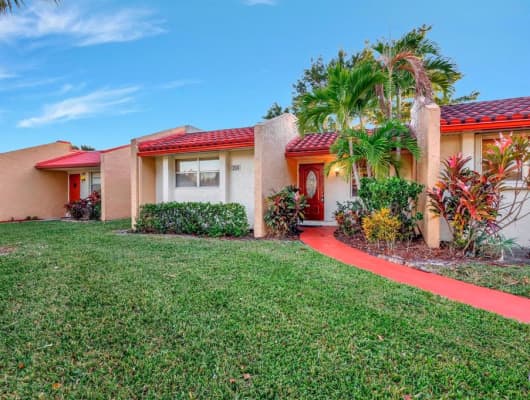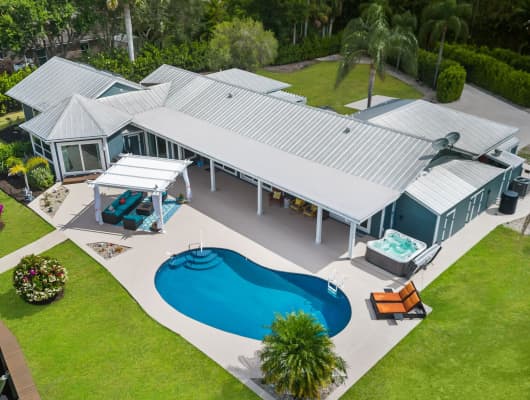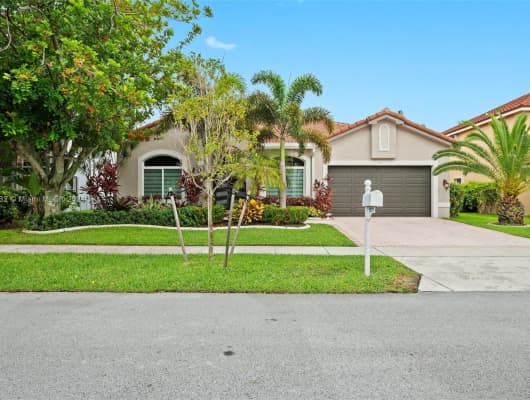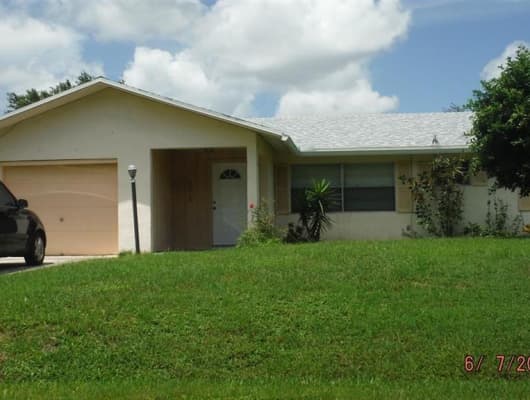
Unlocking Opportunities: The Timeless Power of Creative Financing in Residential Real Estate
In the ever-evolving world of residential real estate, one strategy has withstood the test of time and economic shifts – creative financing. From its roots in the 1970s to its present resurgence, this blog takes you on a journey through the evolution of creative financing, exploring how it has remained a resilient and effective approach in today’s dynamic market.
The 1970s: Pioneering Creative Financing
During the economic uncertainties of the 1970s, traditional mortgage financing faced challenges due to high-interest rates and lending constraints. In response, creative financing strategies emerged, including seller financing, lease options, and assumable mortgages. Seller financing, in particular, gained prominence as a flexible alternative, enabling buyers to secure financing directly from sellers and fostering quicker, more negotiable transactions. This era also saw the advent of assumable mortgages, where buyers could take over the existing mortgage of the seller, avoiding the need for a new loan.
The Revival: Creative Financing in Today’s Real Estate
Fast forward to the present, and creative financing remains a valuable tool for homebuyers and investors. Despite the availability of traditional financing, creative strategies like lease options and seller financing offer distinct advantages, especially in a competitive market. Lease options, for instance, grant buyers the flexibility to lease a property with the option to purchase later, providing an ideal solution for those working on improving credit or saving for a larger down payment. Additionally, the resurgence of interest-only loans and adjustable-rate mortgages showcases the adaptability of creative financing to meet the diverse financial situations of modern buyers.
Adapting to Modern Realities
Creative financing has seamlessly adapted to the technological advancements of the 21st century. Online platforms now connect buyers and sellers interested in unconventional financing arrangements, streamlining the process and making it more accessible. Crowdfunding and peer-to-peer lending have also entered the scene, allowing investors to pool resources for real estate ventures, expanding opportunities for those lacking substantial capital individually. Moreover, the rise of digital currencies has introduced a new dimension to real estate transactions, with some sellers accepting cryptocurrency as payment, further diversifying the creative financing landscape.
Benefits and Risks: Then and Now
The enduring appeal of creative financing lies in its ability to address the unique needs of both buyers and sellers. While it provides flexibility and personalized terms, it’s crucial for buyers to carefully assess agreements to ensure alignment with their long-term financial goals. The benefits, however, remain substantial, offering a pathway to homeownership or investment that traditional financing may not provide. In the modern context, the risks are mitigated by increased transparency facilitated by online platforms, allowing buyers and sellers to conduct due diligence more efficiently.
Conclusion:
As we navigate the complexities of today’s real estate landscape, creative financing stands as a beacon of adaptability and innovation. The principles pioneered in the 1970s have not only endured but evolved, offering dynamic solutions in an ever-changing market. Whether through lease options, seller financing, or emerging digital platforms, creative financing continues to be a powerful and viable strategy for those seeking to unlock opportunities in residential real estate.















No Comments